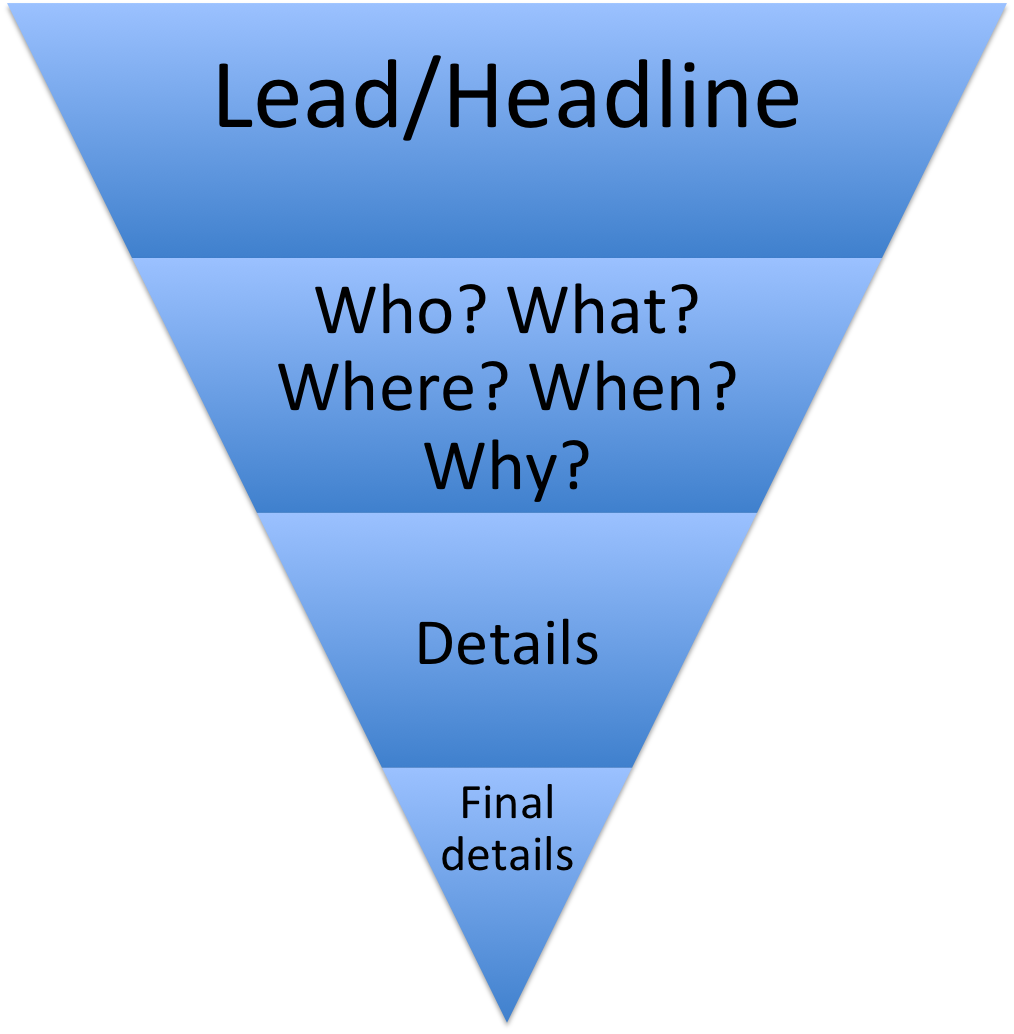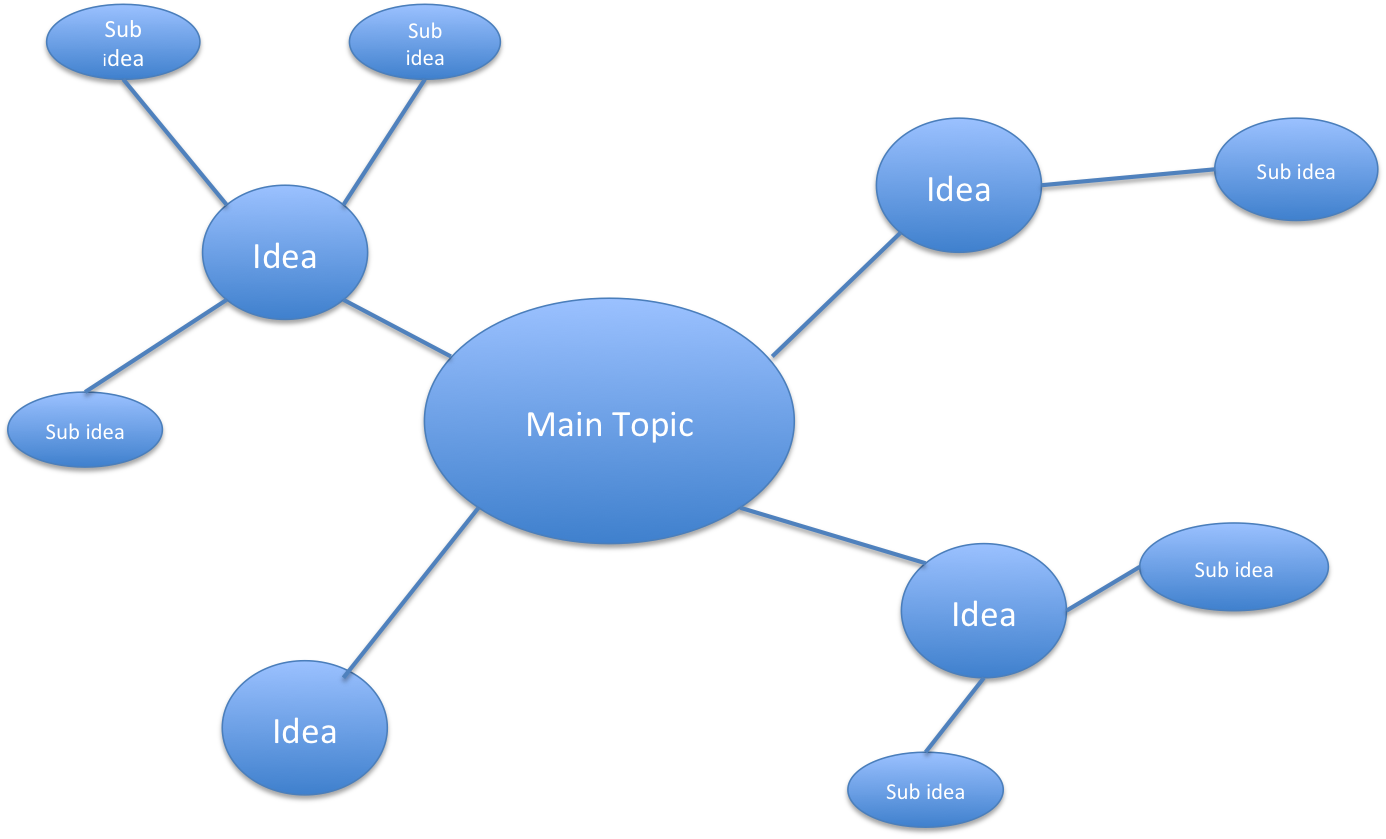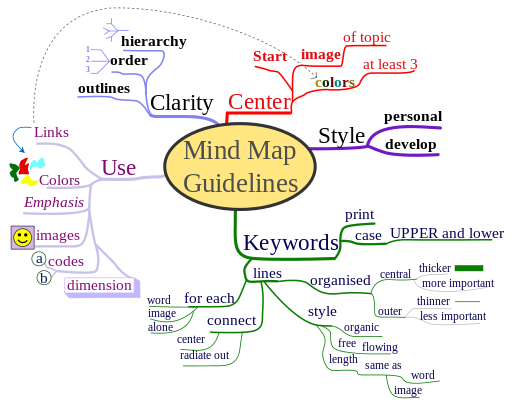Entries Tagged 'Content marketing' ↓
January 22nd, 2014 — Content marketing
The question of whether you should be getting involved with content marketing is rather passé – if you’re not involved, you’re missing out.
Content marketing is an essential element for all businesses, which is why it’s important you understand how you must get involved and the type of content you need to be generating.
It’s never been more important to listen to your audience. Just pushing stuff at them won’t get you anywhere; they’re far too canny to fall for that. Today’s audiences demand more, a fact reflected in these incredible stats compiled by Michael Brenner (b2bmarketinginsider.com).
- 27,000,000 pieces of content are shared each day. ~ AOL / Nielsen
- 60% of the buyer journey is complete before prospects reach out to vendors. ~ The Corporate Executive Board (CEB)
- Emotional marketing messages are twice as effective as promotional ones. ~ CEB
- 60-70% of B2B marketing content goes unused. ~ Sirius Decisions
- 10% of website’s content drives 90% of the traffic. ~ InboundWriter
- 0.5% of a website’s content drives more than 50% of its traffic. ~ InboundWriter
- 78% of CMOs think content is the future of marketing. ~ Demand Metric
- The average attention span has dropped from 12 seconds in 2000 to 8 seconds. ~ Statistic Brain
- The average attention span of a goldfish is 9 seconds. ~ Statistic Brain
- The average office worker checks their email 30 times and hour. ~ Statistic Brain
- The number of web searches on the term “Content Marketing” is up 400% since January 2011. ~ Google Trends
- 93% of B2B Marketers use content marketing. ~ CMI / MarketingProfs
- Only 42% of content marketers believe they are effective with it. ~ CMI / MarketingProfs
- 70% of marketers think branded content is more effective than advertising direct mail and PR. ~ Custom Content Council
- Only 44% of B2B Marketers have a documented content strategy. ~ CMI / MarketingProfs
- 73% of B2B Marketers have someone in charge of content marketing. ~ CMI / MarketingProfs
- B2B Marketers spend 30% of the marketing budget on content marketing. ~ CMI / MarketingProfs
- B2B Marketers use an average of 13 content marketing tactics. ~ CMI / MarketingProfs
- B2B Marketers use an average of 6 social networks. ~ CMI / MarketingProfs
- Content marketing costs 62% less than traditional marketing and generates about 3 times as many leads. ~ Demand Metric
- Conversion rates for brands using content marketing is 6 to 7x higher. ~ Aberdeen
- Interesting content is a top reason that people follow brands on social media. ~ Content+
- 90% of the information that comes to the brain is visual. ~ Zabisco
- Articles with images get 94% more views than those without. ~ Content+
- Posts with videos attract 3x more inbound links than plain text posts. ~ SEOmoz
- 57% of digital marketers define Content Marketing as their #1 priority. ~ Altimeter
- 87% of B2B buyers say content has an impact on vendor selection; more than a quarter (27%) say it has a “major impact.” ~ Social Media Today
- The three biggest challenges to creating content are lack of time (30%), inability to create enough content (11%), and inability to create engaging content (11%). ~ Robert Rose
- Another study found the three biggest challenges for content marketing to be limited budgets (27%), limited staff (25%), and generating new content (21%). ~ iMedia Connection
- Only 1 out of 5 readers get beyond your headline. ~ Heidi Cohen
- 36% of readers prefer headlines containing numbers (like this post). 21% of readers prefer headlines that literally talk to them by including the word “you.” And 17% prefer headlines that show them “how to” do something. ~ Heidi Cohen
- 57% of B2B marketers use content curation as part of their content marketing strategies. But only 42% say they are able to measure positive results from content curation efforts. ~ iMedia Connection
- The 3 biggest complaints B2B buyers have about vendor content are too many requirements for downloading; blatantly promotional, self-serving content; and non-substantive, uninformed content. ~ Social Media Today
They are some pretty impressive stats.
So what can you learn from them?
- Content marketing is a ‘must’ not a ‘nice to have’
- Concentrate on emotional triggers to get great results
- Keep your content short
- Make is interesting and socially shareable
- Make your message visual
- Video attracts more visitors than text
If you were in any doubt about whether or not to have a budget for content marketing, hopefully these stats have shown you the light.
Author: Sally Ormond
January 20th, 2014 — Content marketing, Content writer, conversion
You must get into content marketing. It’s all the rage. Everyone’s doing it.
How many times have you read a blog post that sells the virtues of content marketing?
However, more often than not, they gloss over one particular aspect – what type of content you need.
You see, content isn’t just this (i.e. a written blog post); it can also be video, podcast, images, infographics etc.
Of course, the type of content you need depends on what you want to achieve (the format of it will largely depend on your audience).
You’re probably after more traffic to your website, which is another way of saying more money.

Emotional or rational?
Content boils down to two types: emotional and rational.
They will appeal to different people; some make decisions based on emotional responses, others on logical and rational foundations.
In that way, your content must be a mix of the following 4 types.
1. Something that entertains
Before you can sell to someone, you must get them interested in your company.
Entertaining content (for example, an amusing video) hits them at an emotional level. It intrigues them and makes them aware of your business. This is the type of content you need right at the top of your sales funnel.
Its purpose is to grab their interest and to engage them enough to make them want to share it so it can then do the same to others. It’s fantastic for building brand awareness and social sharing.
2. Education, education, education
Not as much fun as entertaining, but equally effective.
People love to learn, so putting out some content that educates them will a) appeal to their rational side and b) make them feel valued because you’ve taught them something valuable i.e. you’ve given them something for nothing.
Again, by giving them that warm and fuzzy feeling, it’s more likely to be shared. As before, educational content works at the top of your sales funnel and is a great way to start building valuable and trusting relationships.
3. Go on, you know you want to
The next type in the mix is content that persuades – yes, that’s right, back to emotional content. Tugging at their heartstrings will persuade them that what you’re offering is exactly what they need.
Testimonials and reviews are great for this because they give compelling reasons to buy without selling. Plus, you’re not the one telling them how great your product is, other customers are doing that for you.
Persuasion content comes in a little further along your sales funnel once your entertaining and educational content has done its job.
4. Convert
The final part of your sales funnel, converting content does what it says on the tin – it’s there to convert browsers to buyers.
This type of content must appeal to their rational side. They have to be convinced that buying your product is the right move because it will help them achieve what they want.
It’s essential that your content marketing covers all bases: video, blogs and articles and images to give it the widest appeal possible. But on top of that, it must also speak to both the emotional and rational sides of our brains.
Content is essential throughout the whole sales process from attraction right through to getting the sale. It can be web copy, brochure content, email marketing, videos, podcasts, direct mail…the list is endless. But whatever it is, it must cater for all types of customers – both the rational and emotional.
Author: Sally Ormond
November 18th, 2013 — Content marketing, Content writer
Just because your online marketing strategy demands content, it doesn’t mean any old thing will do. And definitely not something that was out sourced to a far-flung part of the world for a couple of dollars.
When marketing your business online you must think like a big brand.
If you don’t take yourself seriously, no one else will.
The content you produce must be interesting, well written, and relevant to your audience and it must offer them something – a nugget of information they can take away with them. Basically, if they haven’t learnt something from reading it, there was no point writing it in the first place.
What makes content valuable?
I’ve pretty much already summed it up, but as far as your online marketing goes and the effect your content has on your overall strategy, it must be:
- Findable
- Readable
- Understandable
- Actionable
- Shareable
Let me explain.
Findable
If people can’t find your content, they can’t read it.
Your content should contain an H1 tag headline and at least a couple of H2s (one small caveat here though, as you know Google is always moving the goal posts, so although this is a basic requirement now, its importance may change in the future).
All the images you use should have Alt tags and it should be written with your keywords in mind. That doesn’t mean cramming as many as possible within the content. Oh, and by the way, if anyone tries to tell you keyword density is important, do me a favour and punch him or her very hard.
Writing in a natural, conversational style is essential.
Readable
Don’t write your article as one long block of text.
It looks horrible and people won’t want to read it.
If you want people to give up their valuable time to read your words of wisdom you must write it in an appealing way:
- Lots of white space
- Short paragraphs
- Simple language (put your thesaurus away)
- Bullet points and numbered lists
Understandable
As far as I’m concerned, it doesn’t matter a jot about how educated your audience is, always write using simple language and a simple structure.
Forget trying to shoe horn in your latest favourite multi syllabled word, it will not make you sound impressive. You’ll just come across as trying too hard, or being ignorant because, let’s face it, anyone can throw big words at people (in the vain hope they’ve got the context right), but few people are able to explain concepts and ideas in simple terms.
Talking of which, avoid jargon and industry-speak (especially really annoying marketing jargon), it’s not big, it’s not clever and it makes you sound like a complete ******* (insert your own favourite uncomplimentary term).
Actionable
The idea about generating content is to build relationships with your readers.
If you just keep posting stuff, the only thing you’re developing is a one-way conversation. So, if you want people to interact with you, you’ve got to ask them to.
Just like your website copy has calls to action, your articles and blogs should also have an actionable request. It could be asking them to sign up to your newsletter, a link to relevant content on your website, an invitation to share, or asking for their opinion by leaving a comment.
Shareable
If you want people to interact with you and share your content, you’ve got to give them a reason.
Write something that your readers can relate to on a personal level, so they can pass it on to friends and colleagues.
Make sure you include all the usual social sharing links to make it easy for them and ask them to share it for you (if you don’t ask you don’t get).
I can see you nodding your head – nothing here is new, but it should be common sense.
I say ‘should’ because it obviously isn’t considering some of the content I’ve read online.
Hiring a copywriter isn’t essential (wow, that hurt), especially if you don’t want your business to be taken seriously. But working with someone who understands online content demands will give you a huge advantage.
So if you want to be seen as a trustworthy, reputable company that cares about its customers you know what you should do.
October 28th, 2013 — Content marketing, Content writer
You’re probably expecting me to now tell you there is one perfect method you can use that will guarantee excellent copy every time.
You’re going to be disappointed.
The truth is there is no single way to plan.
Inverted triangle
This method is great for news articles and press releases.
It ensures the most important information is at the top (beginning of the article) and the least important at the bottom. That way, the reader gets the vital stuff straight away, so should they wander off, they’ve learnt what they needed to know.

Spider diagram
Starting with a central idea, you can use these diagrams to help structure an argument or piece of content.
They are very structured and give a visual representation of how your writing will take shape. By giving it focus in this way, you can organise your information to group like subjects together. Ideal when planning a brochure, web copy or case study.

Mind mapping
A mind map is a creative and logical way of planning out your ideas.
Starting with a central topic, mind maps grow organically, helping you plan your ideas to create coherent themes. From these themes, information of lesser importance is presented as ‘twigs’ on each relevant theme ‘branch’.
Unlike the spider diagram, mind maps tend to be colourful and a mixture of text, images and symbols and can be less ‘organised’.

(Image courtesy of Nicoguaro)
These are just 3 examples of different planning techniques that you can use. Finding the one that suits you and the project you’re working on comes down top personal preference.
One thing is for use though, whatever you’re working on, it’s essential you plan it out before your start writing if you want a coherent and well-structured result.
Over to you
Do you use one or more of these methods, or have you devised one of your own?
Does your planning method depend on the nature of the project you’re working on?
Leave a comment below.
October 14th, 2013 — Content marketing, internet marketing, search engine optimisation, seo
Is it really worth adding a META Description to your blog posts and other web content?
These tags are chunks of information about a web page that the search engines use to suss out what the page is about. There’s a lot of conflicting information about these, so this post will make the current situation clear.
These tags are not used by search engines to rank a web page. That said they are still a very important element that should be included on every blog post and page.
Why?
The search engines always show a description of the page in the search results, so why not make sure it’s something relevant?
If left blank, the search engines will pick something based on the search term used. But you always include well-written descriptions Google (and the other search engines) should use them.
Think about your own search habits. When faced with a list of websites you automatically read the tags to see which result is the most relevant to you. So if you want your web page to get the click, make sure you write a stonking tag.
How to write a good description
The following tips will help you create great descriptions:
- Write for your readers, not the search engines. Although it’s important to include keywords, don’t stuff them.
- You’re limited to about 150 characters so think carefully about what you want to say.
- If you use WordPress, use one of their SEO plugins to help you.
Think of the META Description as your 60 sales pitch. Use it to tell your reader what the page is about and how it will help them.
A well-written tag will dramatically increase your chances of getting that all-important click. So next time you write a blog post or create a new web page, think carefully about how it will help your reader and tell them in the tag.
Remember, the META Description won’t affect your ranking, but it will help drive search traffic your way.
Author: Sally Ormond, Copywriter and MD at Briar Copywriting Ltd. Follow her on Twitter and Google+










